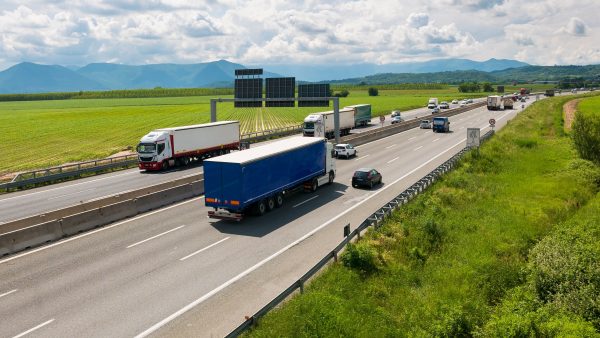NGVA Europe comments on the European Environment Agency (EEA) publication ‘Monitoring CO2 emissions from passenger cars and vans in 2018’.
 Brussels, 05 June 2020 – the EEA has just published a report which presents CO2 emission data on new passenger vehicles and new light commercial vehicles registered in Europe in 2018.
Brussels, 05 June 2020 – the EEA has just published a report which presents CO2 emission data on new passenger vehicles and new light commercial vehicles registered in Europe in 2018.
According to the report, the average CO2 emissions from new registered light duty vehicles raised in 2018 for the second year in a row. After the period from 2010 to 2016, where the emissions trend from passenger cars was going in the right direction, 2017 registered a plus of 0.4 g/km, and 2018 concluded with a plus of 2,3 g/km.
The EEA explains that this trend is mainly due to the progressive switch from diesel to gasoline, in parallel with a market polarization towards the SUV segment.
To bring the decarbonisation curves back on good track, NGVA Europe is in favour of a holistic approach, able to support an open market, based on the principle of technology neutrality. The challenge to decarbonize a complex system, like the mobility and transport one, asks for a clever combination of technologies.
On the fast lane towards transport decarbonization thanks to natural gas mobility
NGVA Europe Secretary General Andrea Gerini commented:
“Natural gas, and particularly biomethane, is ready to play its role, accelerating the decarbonization process of the transport sector. This is because, on top of the CO2 emissions reduction measured at the tailpipe, bio-methane can accelerate the reduction of the overall CO2 footprint rapidly.”
Today in Europe, gmobility offers an increasing share of 17% biomethane within the fuel mix, which translates into an additional 20% GHG emissions reduction, over what is measured at the tailpipe.
Biomethane, infrastructure, and gas vehicle technologies are broadly available and have huge potential
Natural gas, together with biomethane, offers an ecosystem that is a concrete example of the circular economy, liaising the mobility sector with renewable energies and agriculture.
Europe has a huge local biomethane production potential of up to 1200 TWh, while the sector is currently consuming only 24 TWh.
Refuelling infrastructures and vehicles technologies, for both CNG and LNG, are ready to seamless switch to renewable gas without any impact on costs. With this, we see a flexible system not only capable to fuel future vehicles, but also today’s fleet.
Natural gas is a cost-effective solution to quickly start-off a process which has been acting in slow motion so far, shaping our future mobility and transport system.
Source of information and photo courtesy: NGVA


